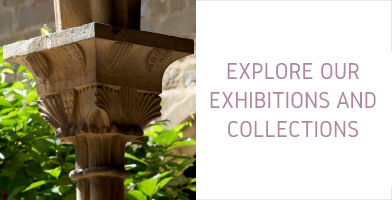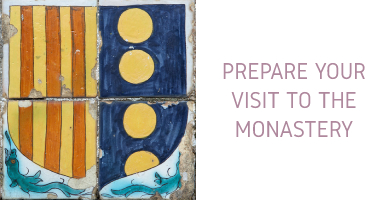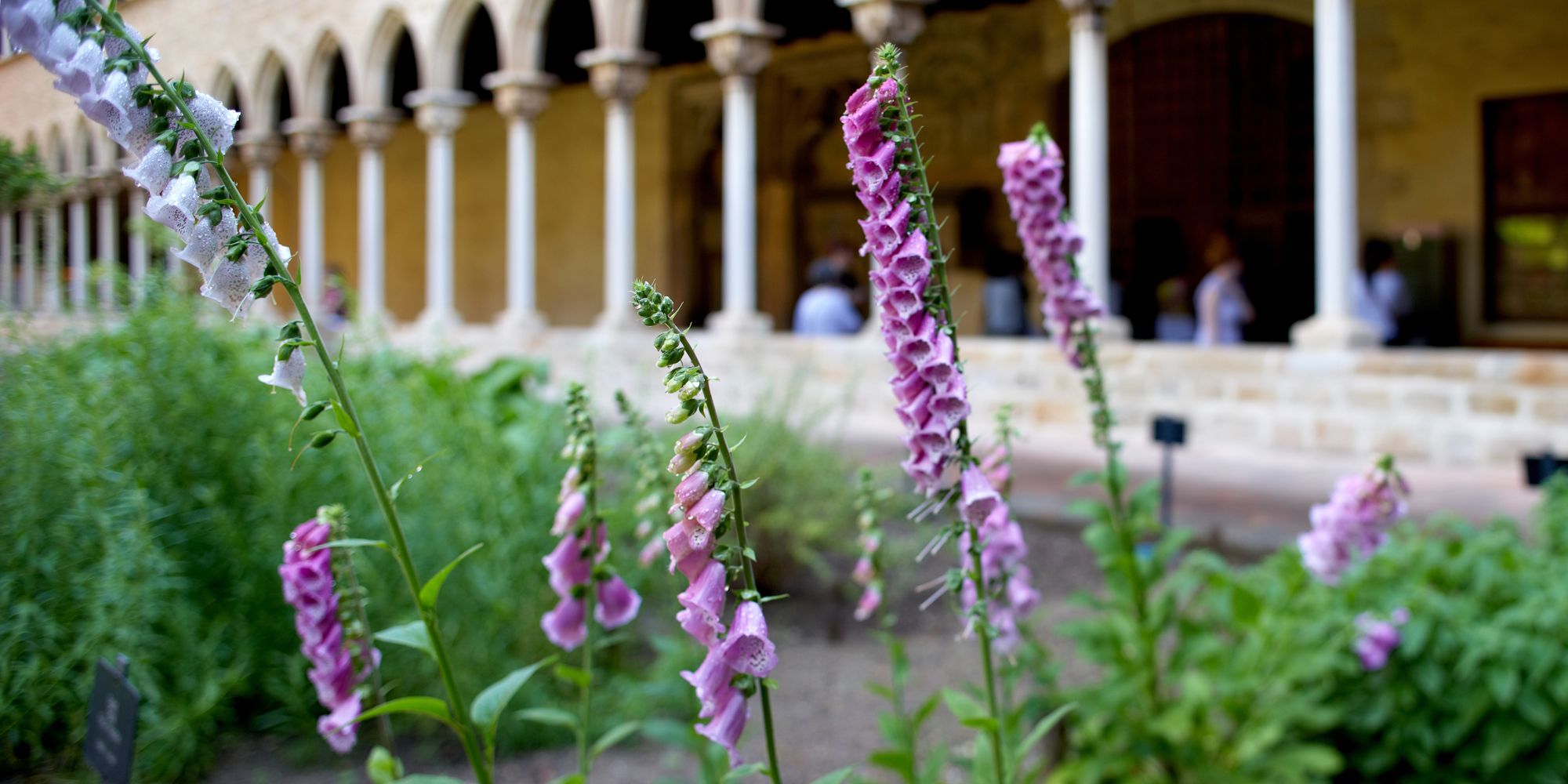
Main Menu Layer
Plants, remedies and apothecaries; the medieval garden
Posició PDF Visualitzat
The exhibition proposes an exploration of the complex and elaborate science that evolved during the medieval period out of the basic principles of Greek and Roman medicine and the contributions of Arab-Islamic culture, and which used nature as the basis of its methodology. This knowledge was transmitted through several books and treatises that were repeatedly copied, translated into several languages and discussed during centuries. In medieval Barcelona, doctors and pharmacists not only had a deep knowledge of the healing properties of various animal and vegetable products but also of the medicinal remedies suitable for each disease, which could be purchased at apothecaries in the city.
The medieval Christian world recovered the knowledge of Greco-Roman medical science though Arab-Islamic culture, which had revived and perfected it. Authors such as Galen (c. 130 AD - 200 AD) and Pedanius Dioscorides (1st century AD) became the references for all medieval medical treatises. Gallenic medicine was based on the theory of humours, according to which all living things are composed of four basic elements: air, water, earth and fire, arising from the combination of four fundamental properties formed by opposing pairs: heat and cold, dryness and humidity. In men, these four elements were identified with the four humours or substances: blood, yellow bile, black bile and phlegm. When these fluids became unbalanced, illness arose.
PDF Visualitzat
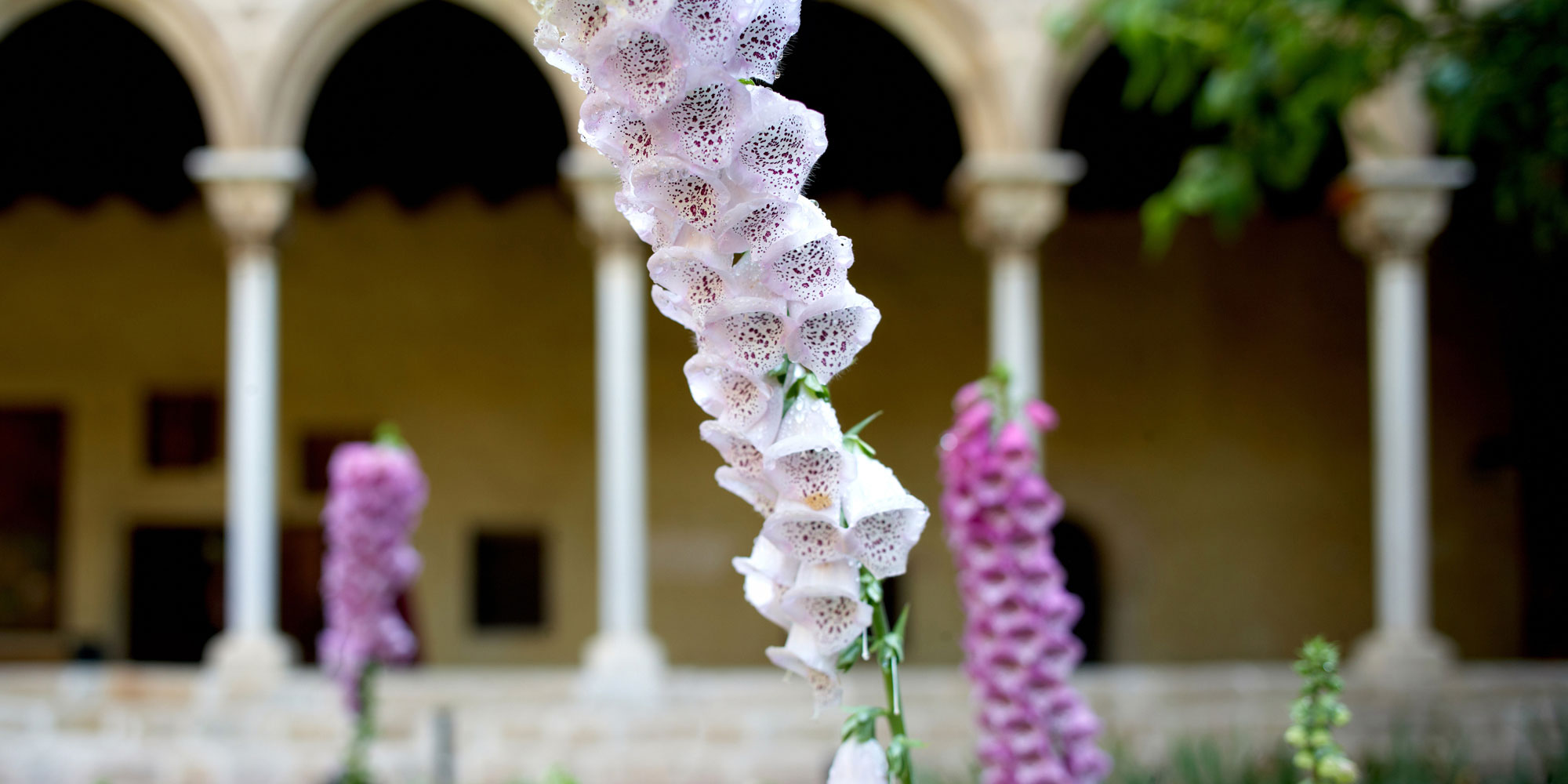

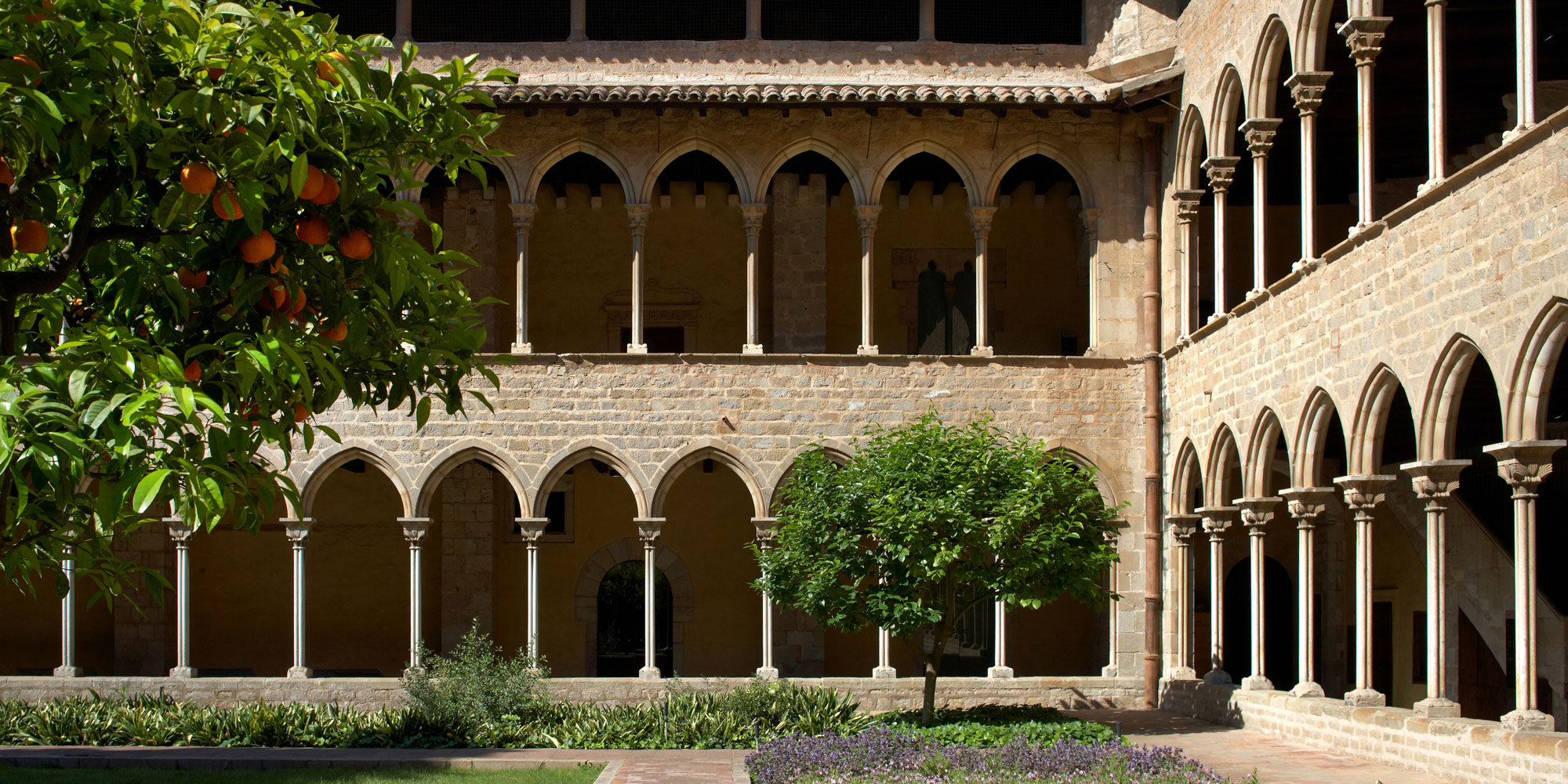
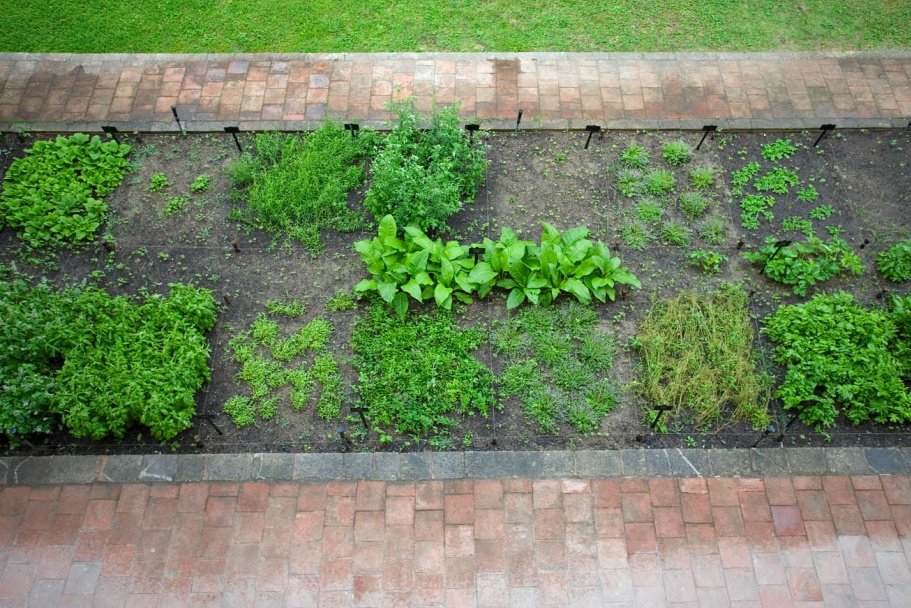

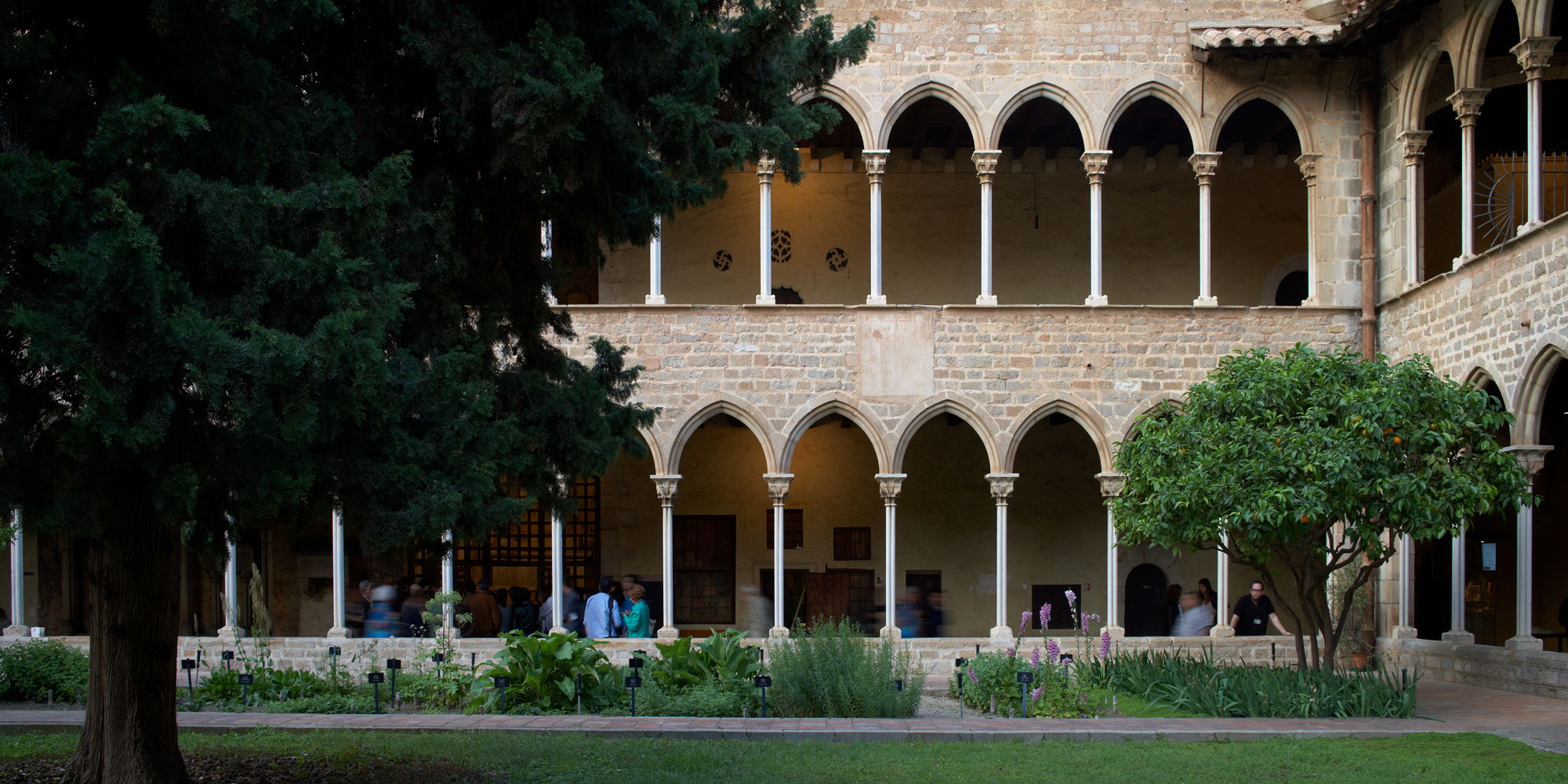
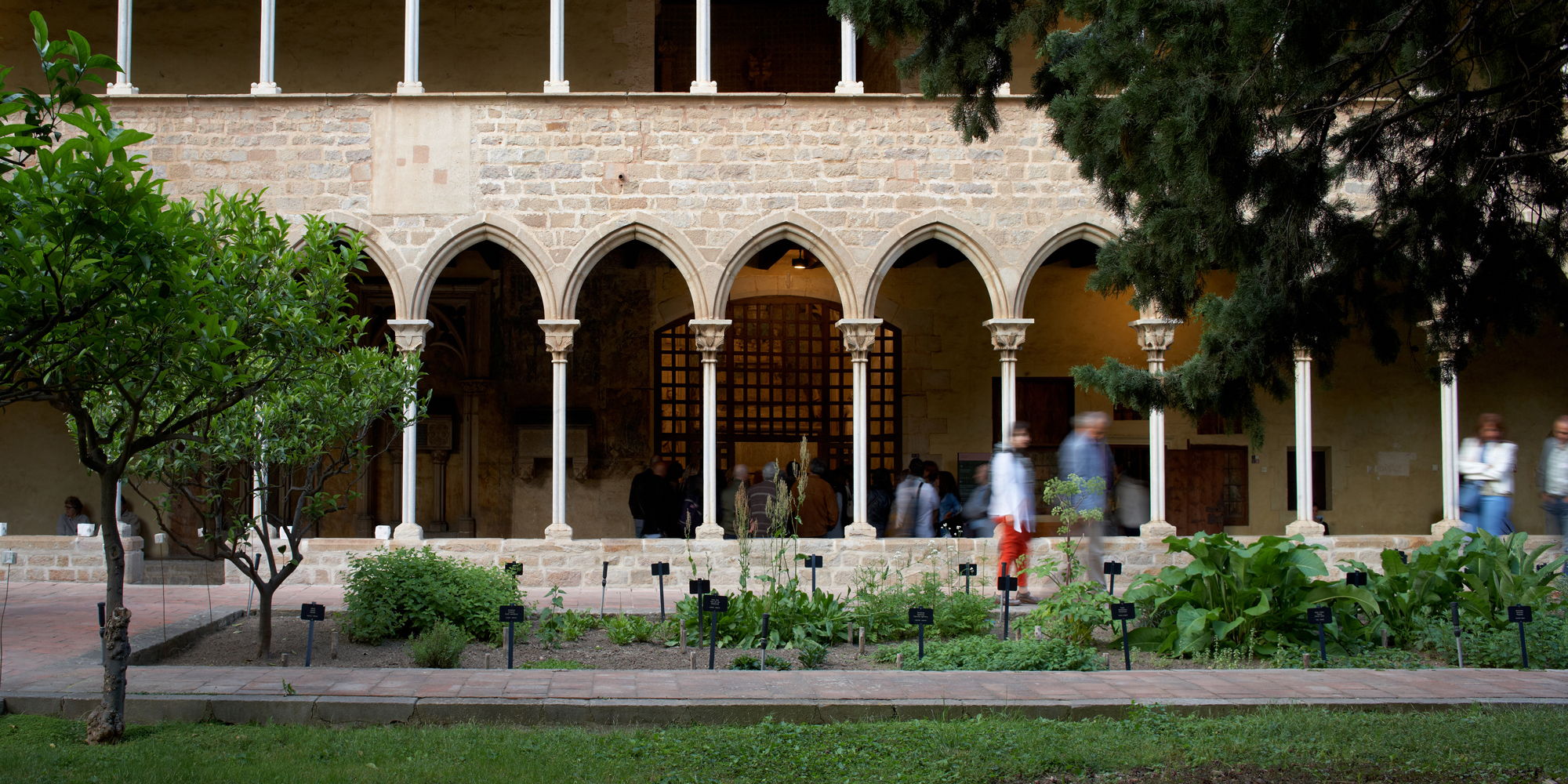
The exhibition “Plants, Remedies and Apothecaries” is situated in three different areas of the Royal Monastery of St Mary of Pedralbes: the former pharmacy, the cloister and the old infirmary.
The bulk of the exhibition is located in a part of the cloister garden. This is a recreation of a medieval medicinal garden that presents fifty-one plants with medicinal properties, according to the knowledge extracted from the writings in Physica by the German abbess, mystic, composer and naturist Hildegard of Bingen (1098-1179) and a Catalan translation of The Book of Simple Medicines by the Andalusian physician Ibn al-Wafid (1007-1067). They are some of the many plants that the nuns must have cultivated or acquired to cure their sick, as recorded in the oldest accounts books (14th century) that the community conserves in its historical archive.







